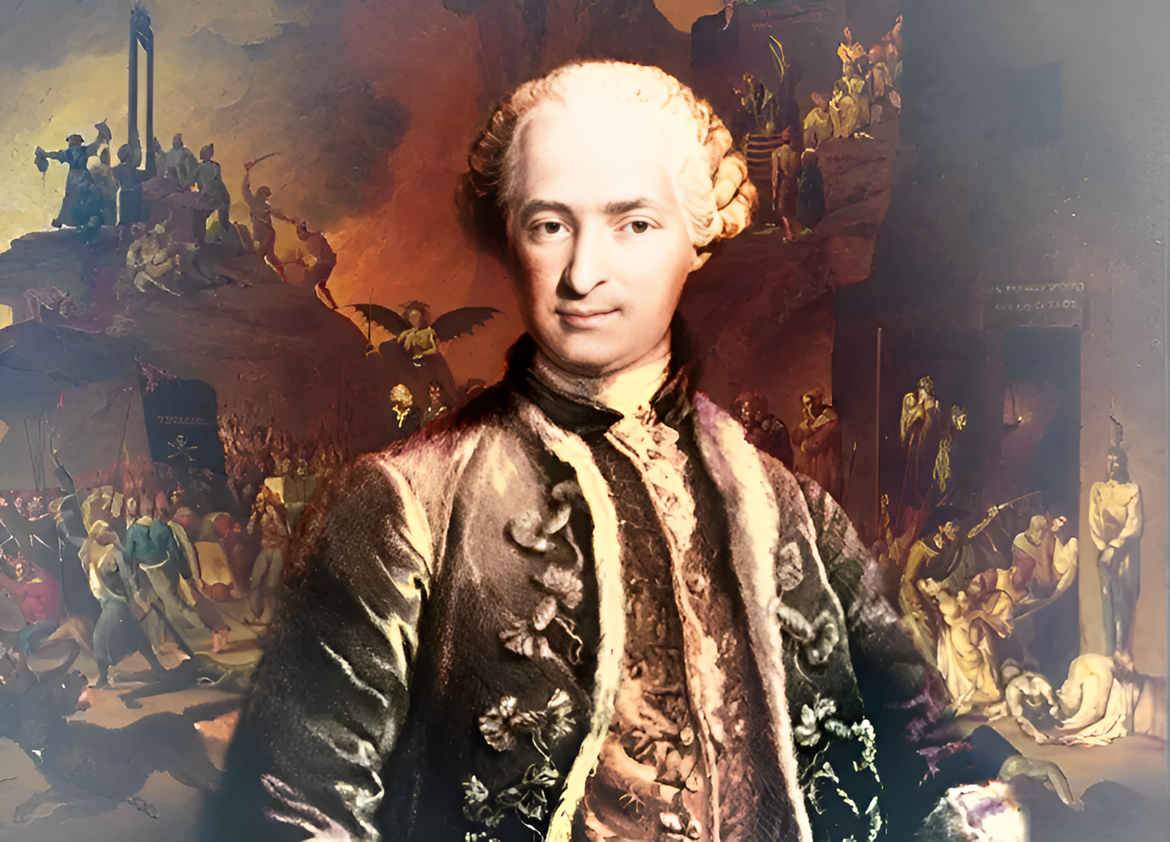Imagine meeting a man who claims to be over 500 years old, who speaks many languages, who knows the secrets of alchemy, and who has rubbed shoulders with some of the most famous people in history. Sounds impossible, right? But that is exactly what some people say about the Count of St. Germain, a mysterious figure who appeared in Europe in the 18th century and fascinated everyone with his charm, wit, and knowledge.
Who was this man, and how did he achieve such longevity and fame? Was he a fraud, a genius, or something else? In this article, we will explore the life and legend of the Count of St. Germain, and see if we can uncover some of his secrets.
The Origins of the Count
The first problem with trying to trace the Count’s history is that he never revealed his true name or birthplace. He used many aliases and titles, such as the Marquis de Montferrat, the Comte Bellamarre, the Chevalier Schoening, and the Prinz Ragoczy. He also claimed to be the son of various nobles, such as the Prince of Transylvania, the Duke of Medici, or the King of Portugal.
Some sources suggest that he was born in the late 1600s or early 1700s, in either Italy, France, Germany, or Spain. Others say that he was much older, and that he had lived since the time of Christ, or even before. He himself hinted at his extraordinary age, saying things like “I have seen that” or “I knew that” when referring to historical events.
One thing is certain: he was well-educated and well-traveled. He spoke many languages fluently, including French, German, English, Spanish, Portuguese, Russian, Chinese, Latin, Arabic, Greek, and Sanskrit. He was also well-versed in science, philosophy, history, art, and music. He could play the violin, the piano, and the harpsichord, and he composed his own songs. He was also skilled in painting, engraving, and jewelry-making.
The Adventures of the Count
The Count first appeared in the high society of Europe in 1742, when he visited the court of King Louis XV of France. He impressed the king and his mistress, Madame de Pompadour, with his knowledge and charisma. He also befriended many other influential people, such as Voltaire, Casanova, Mozart, and Catherine the Great. He was invited to many parties, balls, and salons, where he entertained the guests with his stories, jokes, and magic tricks.
He also claimed to have some supernatural abilities, such as the power to read minds, to see the future, to heal diseases, and to make himself invisible. He also said that he had discovered the secret of alchemy, the mystical science that aims to transform base metals into gold and to create the elixir of life, a potion that grants immortality. He showed off his alchemical skills by producing precious stones, coins, and powder from ordinary materials. He also offered his elixir to some of his friends, who claimed that it made them feel younger and healthier.
The Count’s fame and fortune attracted the attention of some enemies, who accused him of being a spy, a fraud, or a heretic. He was arrested several times, but he always managed to escape or to get released. He also moved frequently from one country to another, sometimes disappearing for years, only to reappear in a different place, looking as young and handsome as ever.
The Death and Legacy of the Count
The Count’s last known appearance was in 1784, when he visited the court of Prince Charles of Hesse-Kassel in Germany. The prince was a friend and admirer of the Count, and he gave him a castle to live in. The Count spent his time there studying, writing, and experimenting. He also predicted that he would die soon, and he prepared his will and his tombstone.
On February 27, 1784, the Count died, apparently of pneumonia. He was buried in a nearby church, and his belongings were given to his friends and relatives. However, some people doubted that he was really dead, and they expected him to return someday. In fact, there have been many reports of sightings of the Count in the following centuries, in various places and times. Some say that he was seen in the French Revolution, the Congress of Vienna, the court of Napoleon, the American Civil War, and even in the 20th century.
The Count of St. Germain has become a legend, a symbol of the quest for immortality and enlightenment. He has inspired many books, movies, songs, and games, and he has been associated with various esoteric movements, such as theosophy, Rosicrucianism, and new age. He has also been compared to other mysterious figures, such as the Wandering Jew, the Immortal Keanu Reeves, and the Doctor from Doctor Who.
Whether he was a real person or a myth, the Count of St. Germain remains one of the most fascinating and enigmatic characters in history, and his story continues to intrigue and inspire people today.

Sorry, the comment form is closed at this time.